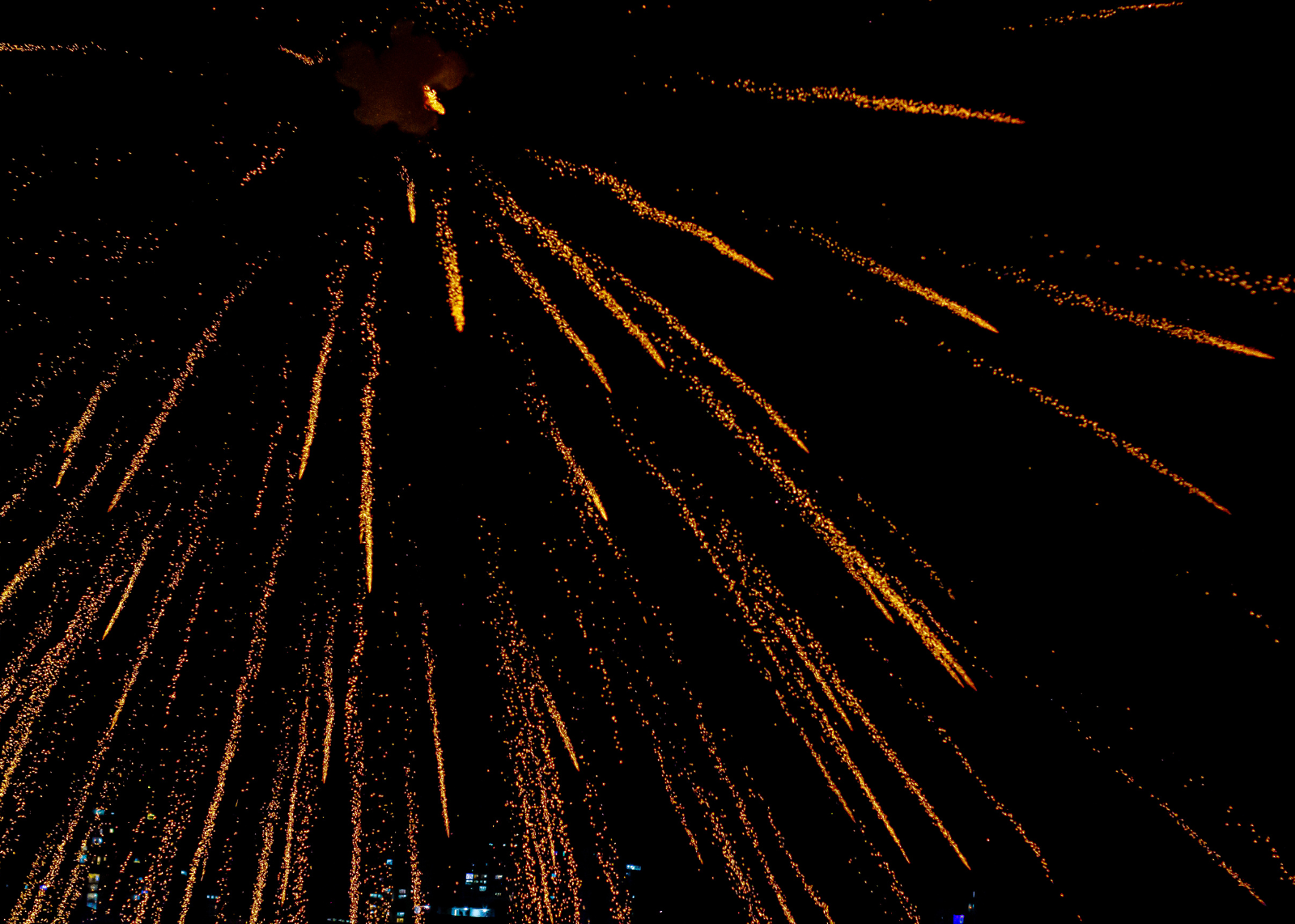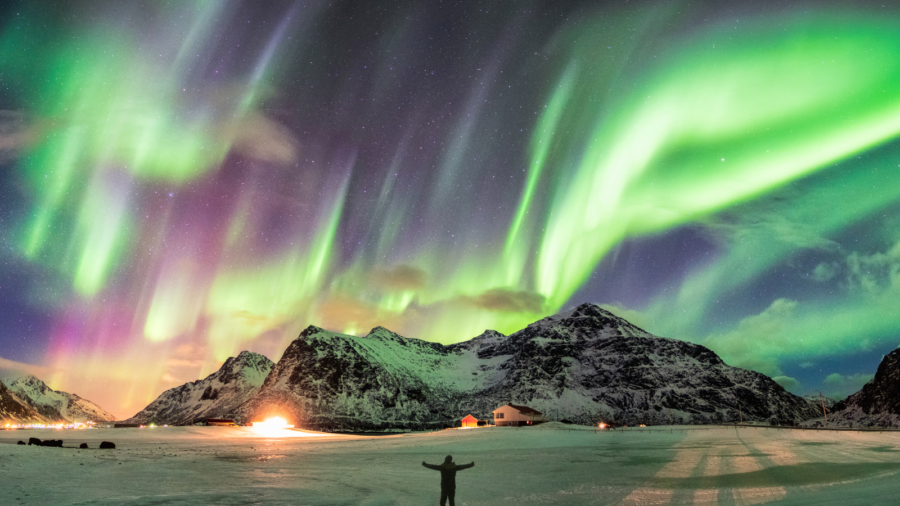Welcome to an extraordinary journey through the celestial wonderland of auroras, where the cosmos unfolds its dazzling light show for those willing to look up. In recent news, the cosmic stage is set as a geomagnetic storm alert has been issued, heralding the arrival of solar winds destined for Earth. But what are these ethereal auroras, and what magic brings them to life? Join us as we embark on an enlightening exploration.
Auroras, also known as the Northern and Southern Lights, are one of nature’s most captivating displays, adorning the polar skies with vibrant hues of green, pink, purple, and blue. These mystical curtains of light have fascinated humanity for centuries, inspiring awe and wonder in all who behold them. But how do these celestial marvels come into existence?
The story begins with our closest star, the Sun, whose fiery temperament occasionally unleashes storms of charged particles into space. When these solar storms collide with Earth’s magnetic field, a cosmic dance ensues. The magnetic field guides these charged particles towards the polar regions, where they interact with the gases in our atmosphere.
As these charged particles collide with atmospheric molecules—predominantly oxygen and nitrogen—they transfer their energy, causing the molecules to emit light. The result is a breathtaking display of auroras, painting the night sky with luminous streaks and curtains of color. It’s a symphony of light and magnetism, choreographed by the forces of nature.
While auroras are most commonly observed near the Earth’s poles, particularly around the Arctic Circle and Antarctica, they can sometimes be spotted at lower latitudes during periods of heightened solar activity. Places like Reykjavik in Iceland and Svalbard in Norway offer prime viewing locations for these celestial spectacles, drawing travelers from around the globe to witness nature’s own light show.

Now, let’s turn our gaze to the present moment—a geomagnetic storm alert has been issued by the National Oceanic and Atmospheric Administration (NOAA). Forecasters predict a G-1 geomagnetic storm on April 4th, fueled by a stream of solar wind grazing Earth’s magnetic field. While classified as a minor storm, it carries the promise of auroras dancing across the polar skies.
Imagine standing beneath the star-studded heavens, watching in awe as streaks of light unfurl across the darkness above. It’s a moment of transcendence, a reminder of the interconnectedness of Earth and the cosmos. From the Arctic Circle to the US-Canadian border, observers may be treated to the celestial ballet of auroras, painting the night sky with their radiant hues.
But the intrigue doesn’t end there—scientists are on a quest to unravel the mysteries of auroras, employing a range of tools and technologies to study these cosmic phenomena. NASA missions like THEMIS delve into the underlying mechanisms behind auroral displays, seeking to understand their dynamics and evolution.
As we await the arrival of the geomagnetic storm and the ensuing auroras, let’s marvel at the wonders of our universe. Whether you find yourself beneath the polar skies or watching from afar, the beauty of auroras serves as a testament to the majesty of nature’s design.
Prepare to be enchanted as nature’s own light show illuminates the night sky—the auroras beckon, inviting us to witness the magic of the cosmos in motion. It’s a spectacle you won’t soon forget.





Add a Comment